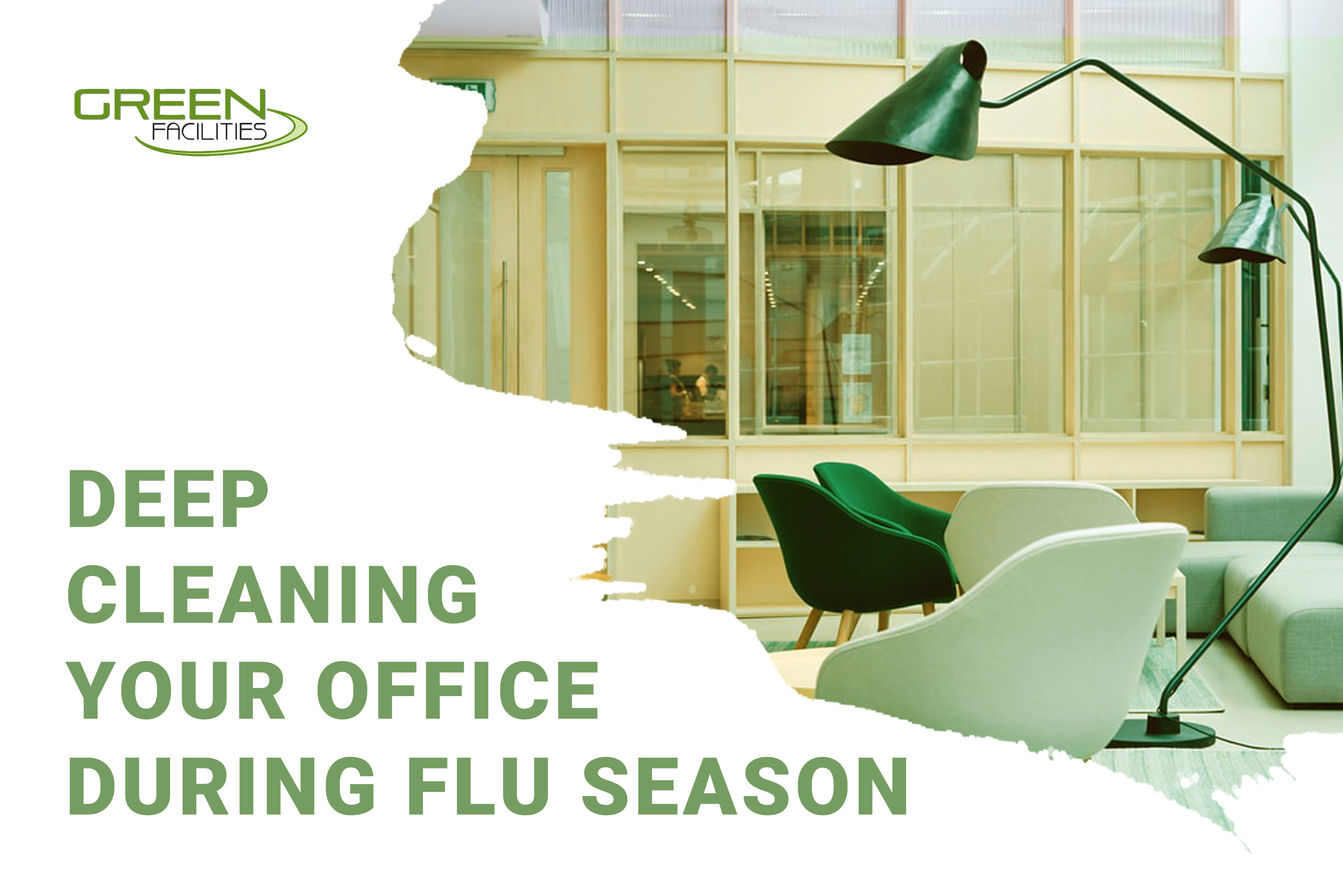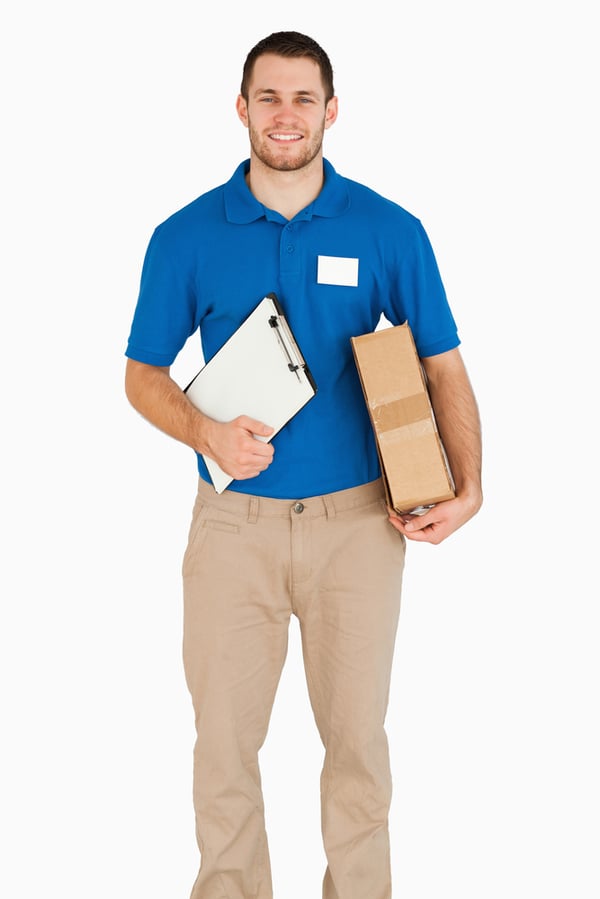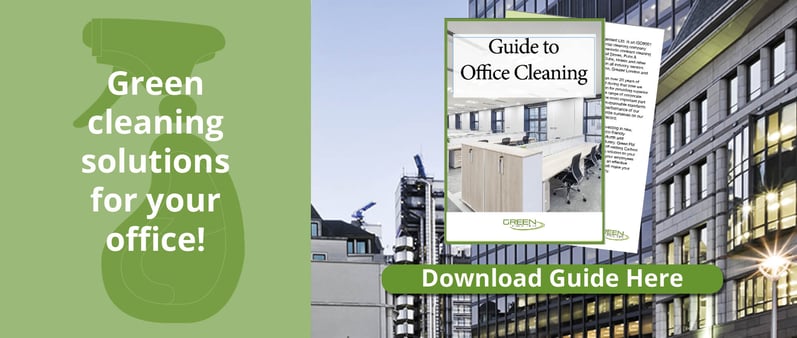Deep Cleaning Your Office During Flu Season
Flu season's upon us. Even if you've had your flu shot and are meticulously sanitising your hands and work area, your office still needs a deep cleaning to ensure that the virus is stopped dead in its tracks.
A deep cleaning goes beyond emptying dust bins, mopping up, hoovering and dusting. The flu virus lives on a tissue for only 15 minutes or so. But it can live on your keyboard or lunchroom coffee pot handle for up to 24 hours, ready to transfer onto your hands so you can breathe it in and cause infection.
The current coronavirus, however, is such a new flu-like strain that medical officials don't know how long it will live on contact surfaces or in the air which makes it imperative for you to deep clean your office sooner than later.
Deep Dive into Deep Cleaning
Killing the flu virus is one obvious benefit of deep cleaning your office. That in and of itself will help alleviate sick days. Other benefits include a more professional appearance, healthier air that elicits easier breathing, all the while reducing stress. Do-it-yourself deep cleaning is both expedient and cost-effective as it reduces the time and stresses of managing an in-house cleaning team.
Your basic office set-up includes a common area for waiting clients, a reception desk, kitchen or pantry, a bathroom, and perhaps a conference room and storage closets. Larger offices may have more than one of these areas.
When you do a deep dive cleaning during the day, you can hit the rooms and closets that waiting clients won't have access to and finish any noisy work like vacuuming after hours. If you decide to give deep cleaning your office a try yourself, remember to always clean from the top down and revisit that tried-and-true adage that "many hands make light work."
Top-Down: The Most Important Deep Clean DIY Rule
What does it mean to clean from the top down? It is simple physics, what goes up must come down--gravity. You might be surprised how much dust and debris collect on walls, shelves, ceiling fans, and doors. When you wipe them down, the dusty residue will fall on objects below and to the carpet.
So you never vacuum the carpet or clean the lower shelves, tables, or furniture first as they will simply collect the falling dirt and dust. Why double your work?
The Specifics of DIY Deep Cleaning
Don't simply run a dry duster over the walls and tops of doors, air vents, and shelves. Dry dusting just moves the dust around, it doesn't collect it. Use a damp dusting cloth. No need to spray it with polish. Just clean your hands with soap and water, rinse and dry your wet your hands with the cleaning cloth. It becomes a damp (not wet) rag that you can brush over the walls to collect the cobwebs that lie there. Even if you use a damp cloth, remember top down! Dust will inevitably fall down onto objects and the carpeting.
Once the top-down cleaning is complete, you can hit the room specifics:
Move furniture: this means all of it.
If it is heavy, get someone to help move it so that you can clean underneath. It's usually an eye-opener what collects under the common area chairs and tables.
Clean out cabinets.
Especially in the pantry where old condiments and food collect with the salt and pepper sprinkles and old crumbs that no one seems to notice, even weekly or monthly cleaning crews.
Clean out storage areas.
This doesn't mean to go through old paperwork! You will never get done if you find yourself leafing through stacked boxes while trying to clean the office. This is a totally different type of cleaning.
Clean and disinfect what everyone touches and the office equipment.
This includes door handles, light switches, bathroom keys, conference tables, printers, keyboards, staplers and each computer mouse. If your computers are touch screen, clean those. Just do your due diligence and find out what special cleaners may be needed for your office equipment. Don't take a chance and ruin them by not researching how to clean them. Some have sensitive parts and can be the most expensive to replace.
Get down on your hands and knees and look hard at your floors.
If you have grout issues, you may need specialised cleaners. Many carpet professionals will also handle grout work. Don't forget the corners where dust and grime tend to collect.
Get a daily wipe-down with disinfect wipes and get the rubbish emptied.
Most common area bathrooms within offices need to have this. Staff only bathrooms usually get a once or twice weekly cleaning. Deep cleaning a loo is entirely different. The taps and other fixtures need disinfecting, loo rolls and paper towels replaced, the toilet cleaned and sanitised as well as the floor mopped with a disinfectant floor cleaner. Look at the caulk around the base of the toilet. If that is black, the area around your toilet will need harsher scrubbing and the seal around your toilet replaced. Maintenance will usually take care of that chore.
The two final steps are to vacuum the carpet and checking the plants for water. If it has been some time since the carpet has been professionally cleaned, you might want to hire a carpet cleaning company to do the job while the furniture is moved out. In this case, you might want to save your DIY cleaning to the weekend when client traffic is zero.
The Bottom Line: You Don't Have to DIY
Deep cleaning isn't easy and busy offices don't always have the time or staff who are inclined to spend their free time deep cleaning. Once you start, you usually find that there's more than you realised to clean deeply. Most of the time, busy offices like yours hire a reputable company to come in after-hours to do the work.
London is full of cleaning companies that specialise in deep cleaning. However, like many, you may prefer to keep your deep cleaning needs green. Give us a ring. Green deep cleaning is our speciality.





